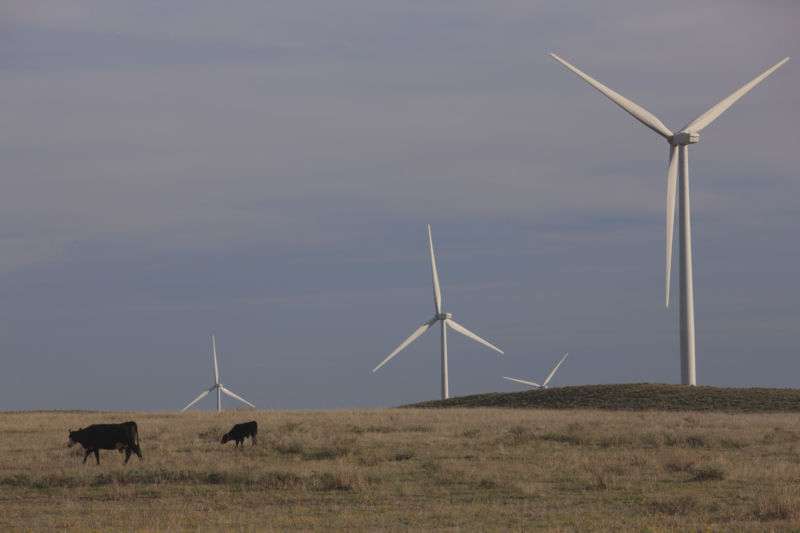
Alphabet subsidiary trained AI to predict wind output 36 hours in advance

Alphabet subsidiary DeepMind (it was acquired by Alphabet in 2014) has been developing artificial-intelligence programs since 2010 to solve complex problems. One of DeepMind’s latest projects, according to a recent Google post, has centered around the predictability of wind power.
Those giant turbines you see along the highway only produce power when they’re moving, and that poses a problem for the grid: in the absence of expensive energy storage, it’s difficult to plan how much power those turbines will be able to provide.
That’s not to say that wind-farm owners don’t try to predict output. The industry has been using AI techniques for years to try to come closer and closer to real wind predictions.
But wind is still very difficult to predict. In fact, E&E News published a story today showing just how difficult it is to predict wind-farm output: during the Midwest’s recent polar vortex, wind output fell, but as temperatures continued to drop, some turbines automatically shut down to keep their parts from being damaged by cold below -22°F. This left an unexpected deficit in wind power for the Midcontinent Independent System Operator, as shown below.
But DeepMind says that the AI programs it has developed over the last year can help bring the “wind output” line even closer to the “expected wind output” line. The algorithms developed by DeepMind were trained on historical weather data and a year’s worth of wind power output recorded by 700 megawatts’ worth of wind turbines owned by Google.
DeepMind and Google wanted to be able to predict wind output 36 hours in advance. “This is important, because energy sources that can be scheduled (i.e., can deliver a set amount of electricity at a set time) are often more valuable to the grid,” Google wrote today. The model that DeepMind developed helps wind-farm owners like Google to make hourly commitments to the regional power grid manager “a full day in advance.”
Google says that this ability to accurately tell the local grid manager how much wind a farm will provide a day ahead has “boosted the value of our wind energy by roughly 20 percent, compared to the baseline scenario of no time-based commitments to the grid.” How Google is quantifying “value” is unknown, although Ars has reached out for clarification.
The company did put out this nice little .gif showing how its predictions track actual wind output on a given day, however:
“Our hope is that this kind of machine-learning approach can strengthen the business case for wind power and drive further adoption of carbon-free energy on electric grids worldwide,” Google wrote.






